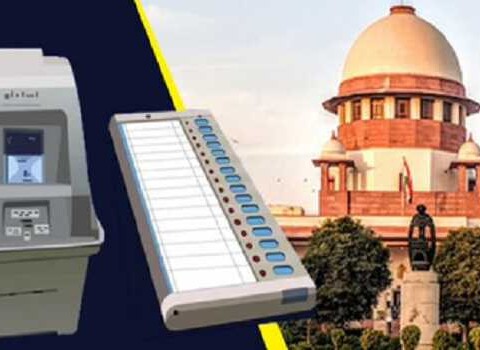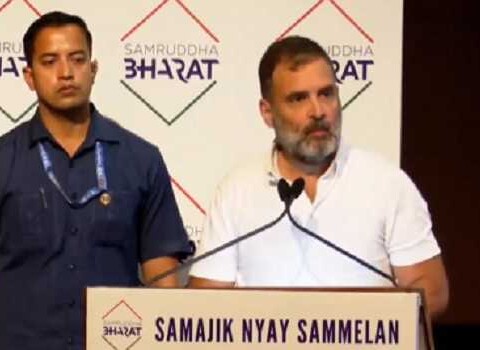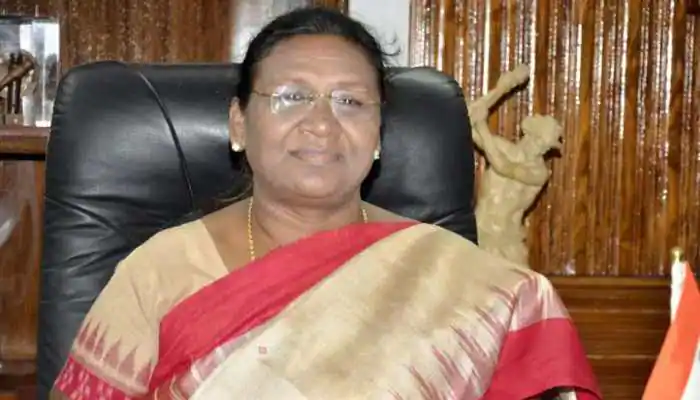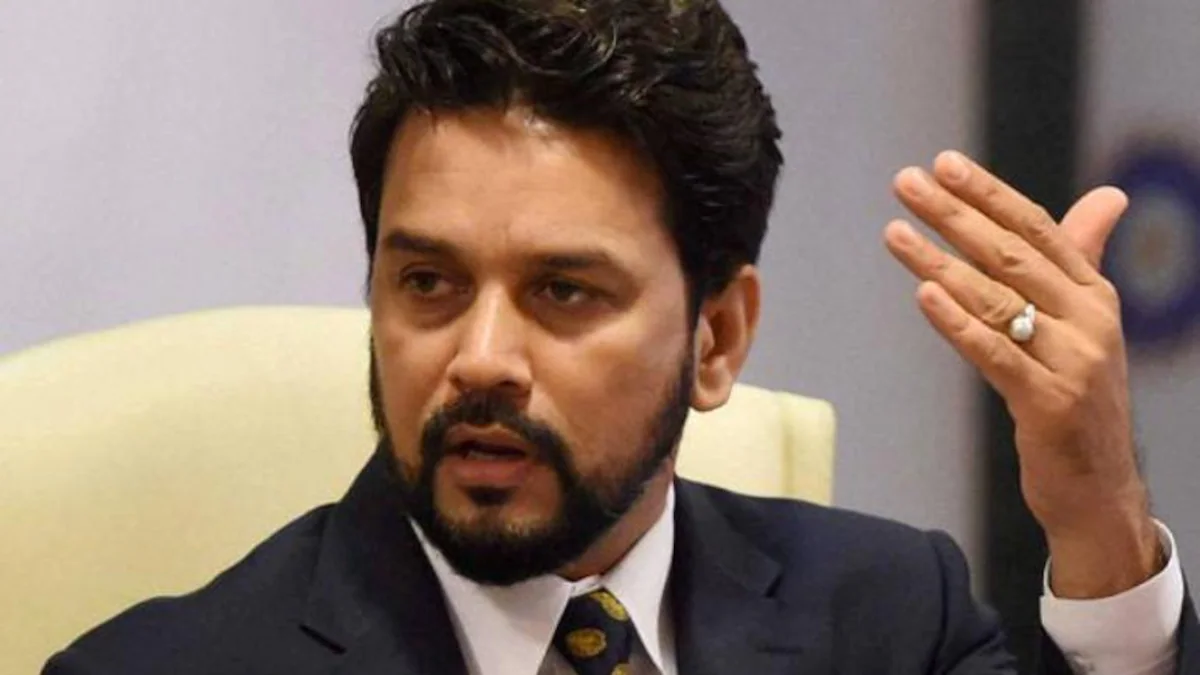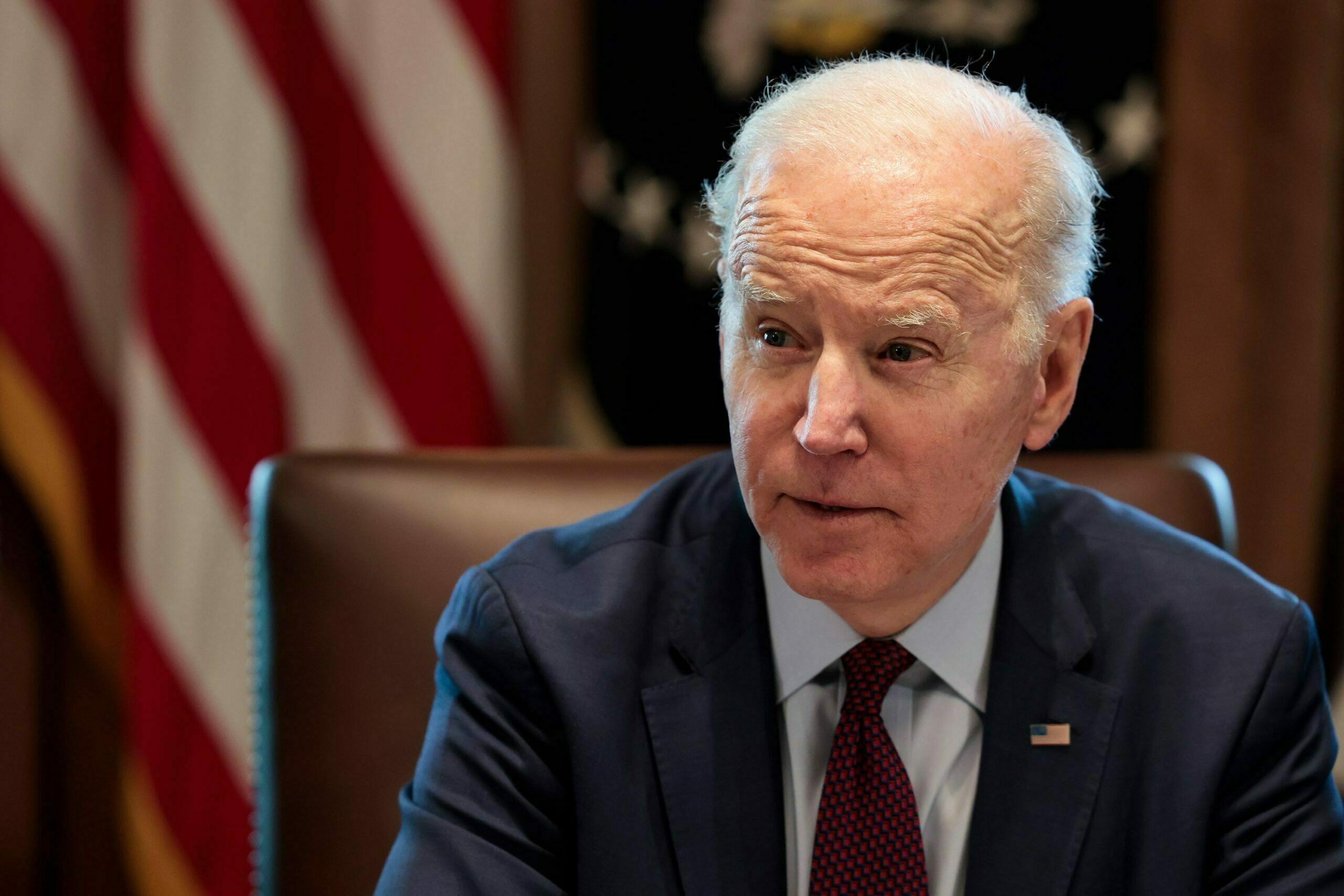Aadil Sadiq
 After closing down the valleys oldest power house, the Jammu and Kashmir government has lost a whopping Rs 1200 crores adding further deficit to the ailing power sector of state.
After closing down the valleys oldest power house, the Jammu and Kashmir government has lost a whopping Rs 1200 crores adding further deficit to the ailing power sector of state.
The state government believes that the power plant can be restored only if New Delhi pumps in its financial support since the state government lacks the adequate resources for its restoration. The power house commissioned in 1902 is shut since last 16 years for want of immediate upgradation and repairing of technology which has almost outlived.
With a generation capacity of 900 megawatts of electricity, the historical power house have 11 kilometer long plume made of exclusively wood and is the country’s oldest existing canal constructed by German Engineers. For five decades the Power House was the only source of electricity in the entire state.
The officials blame Centre and State governments for closure of this prestigious project. “We are losing hundreds of lakhs annually and its irony that neither Centre nor state government comes forward to rescue this oldest power house despite many survey reports.”
In September 1992, massive floods in Uri had damaged some portions of the power house especially its tail race, since then the project is lying defunct.
Official’s estimates put the losses in terms of money and power generation over Rs 1,200 crores in the past 15 years. “This is not an ordinary power house. But a historical one,” says Atta Mohammad Khan who was in charge of power house from last 34 years.
“We are losing money as well as power generation capacity,” he says “Every day JK government looses two lakh units of electricity by its closure.”
Soon after flood damaged the power house, J-K government had set up a committee comprising of three senior most chief engineers in the Power Development Department, Nazir Ahmad Gandroo, Mehboob Ali, and Bashir Ahmad Bala.
In their report officials had termed the power house as one of cheapest source of energy available in the state and sought a meager amount of Rs 4.3 crores for its renovation.
The government, however, sat on report of its own officers. Four years later J-K government declined an offer of restoration made by a Swedish Consortium ABB that was constructing 480 megawatts power project in proximity of the power house.
Later one more committee was set up that mooted a proposal for enlisting the project into the IPP (Independent Power Producer) category wherein funds for repair and renovation would be sought from private firms on sharing of energy basis once the project gets complete. The proposal too failed to materialize.
In 2004, JK government again set up a committee comprising of four senior PDC engineers. The committee after conducting fresh survey, this time put the renovation and machinery cost to Rs 65 crores. The fresh report is also lying with the JK Power Ministry.
A defunct powerhouse means that its 150 employees including three officers are without any work. “A counter guarantee from Centre could save this prestigious project,” says Abdul Jabbar who has been working here since 1960. “We want to work. We can’t see this power house becoming history that has provided bread and butter to our families for decades.”
The closed-down power project also affects the livelihood of 50000 farmers of Rampur , Uranboa, Chandanwari, Bethad and Mohura villages too.
The wooden plume of the power project would irrigate the paddy fields of these villages. “This plume was lifeline for the farmers of more than eight villages,” says Bashir Ahmad Khan, a farmer who lives in neighboring Boniyar village. ‘‘Now the closure of project had made our fields dry and homes without proper electricity.”’
J-K Power Minister recently received a communication from Prime Minister’s Office (PMO) for development infrastructure for generating 50,000 megawatts of electricity through hydro projects.



